Recently released Demb Pop-up Flip-it! allows you to improve photos taken with the pop-up flash of your camera. In this article, we demonstrate how the lighting differs when using various configurations of this light modifier. For more details about the unit itself, please refer to our Demb Pop-up Flip-it! review.
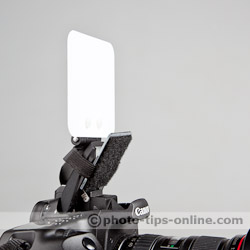 |
In the following series of images, the left photo is always the same (taken with the bare pop-up flash). It is used as a reference to see the advantages of using Demb Pop-up Flip-it!.
Please note that the actual results may vary depending on the ceiling height, distance to the subject, and other factors.
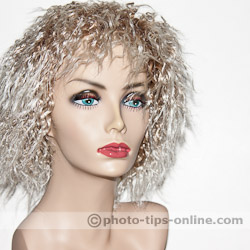 |
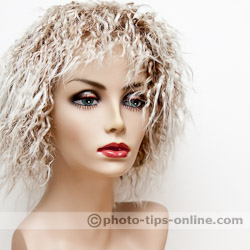 |
Compared to the direct flash, this setup delivers the most drastic difference you can get with Pop-up Flip-it!. The eyes, however, may sometimes appear too dark when bouncing off of the ceiling only.
 |
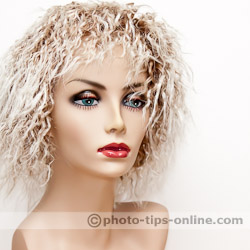 |
In this configuration, there is a touch of fill light that opens up the eye shadows a little bit.
 |
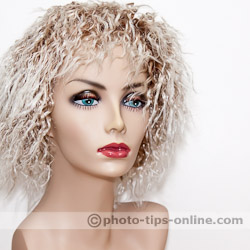 |
Adding more fill light creates heavier shadows on the background, but they are still fairly light compared to the direct flash. This is probably one of our favorite configurations.
 |
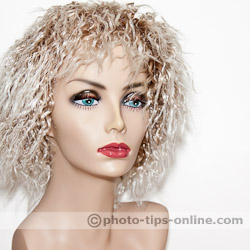 |
Here, the direct light begins to dominate, but the ceiling bounce is still noticeable.
 |
 |
Tilting the reflector forward leaves almost no room for ceiling bounce. The shadows, however, are still somewhat lightened by the bounced light, and the hair is not as flat. This configuration can be useful when more flash power is required.
 |
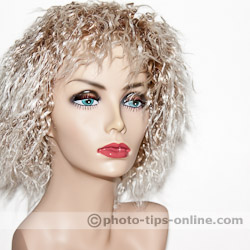 |
"No bounce" configuration can be used outdoors where there is nothing to bounce off of, or when you require maximum light output. Please note that the direction of the shadows is different from the bare flash because the bounce card of Pop-up Flip-it! sits higher than the pop-up flash. The higher light source creates more natural looking images.
Demb Pop-up Flip-it! provides you with infinite number of lighting ratios between the ceiling bounce and the fill light. By quickly adjusting the position of the bounce card, you can fine-tune your lighting or dramatically change it depending on your preferences for the shot. As we mentioned in the Pop-up Flip-it! review, shifting the ratio towards the ceiling bounce may require a higher ISO setting. So, if you want to experiment, we'd recommend setting the camera to at least ISO 800 to be on the safe side.